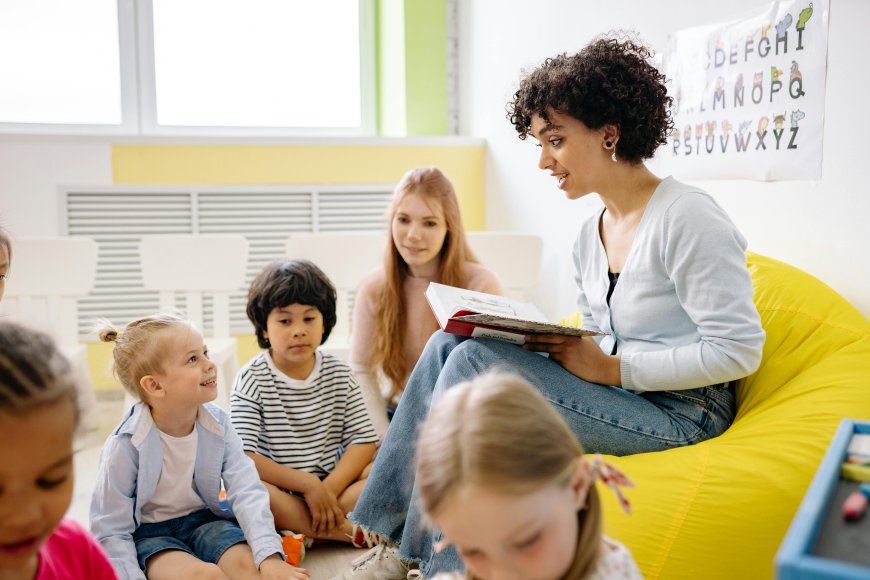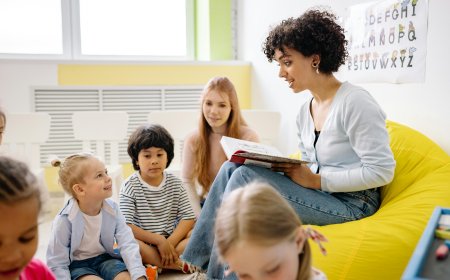Fostering Emotional Intelligence: Effective SEL Practices for Educators

In the dynamic environment of a classroom, teachers are not just conveyors of knowledge but also the architects of a nurturing space where students can develop both academically and emotionally. Social and Emotional Learning (SEL) is a critical aspect of education that helps students understand and manage emotions, set and achieve positive goals, feel and show empathy for others, establish and maintain positive relationships, and make responsible decisions. Here are some effective SEL practices that teachers can incorporate into their classrooms:
1. Establish Predictable Routines
Creating a structured environment with predictable routines can significantly reduce anxiety and help students feel secure. This stability allows them to engage more deeply in learning and social interactions1.
2. Interactive Learning Structures
Incorporate interactive learning structures like Gallery Walks or Four Corners to encourage movement, engagement, and deeper learning. Repeated use of these structures can help students practice critical thinking and feel comfortable taking risks1.
3. Optimize Physical Space
Arrange the classroom to facilitate various learning configurations, such as partner work, small groups, and whole-class discussions. A welcoming and flexible space can enhance collaborative learning and SEL1.
4. Daily Class Meetings
Start each day with a class meeting to set the tone and incorporate SEL. This time can be used for students to share feelings, celebrate successes, and address classroom issues collectively1.
5. Promote Mindfulness and Reflection
Encourage students to reflect on their experiences and practice mindfulness. This can help them develop self-awareness and regulate their emotions, leading to better focus and resilience2.
6.Celebrate Diversity and Encourage Positive Self-Talk
Highlight the value of diversity and encourage students to engage in positive self-talk. This practice can foster a sense of belonging and self-esteem2.
7. Teach Coping Skills
Equip students with coping skills to manage stress and challenges. Techniques such as deep breathing, visualization, or journaling can empower students to handle difficult situations.
8. Foster Relationships and Community
Build a classroom community where relationships are central. Encourage students to work together, support one another, and develop empathy3.
9. Address Issues of Bias and Inequality
Explicitly address issues of bias, power, and inequality. Create a safe space for discussions and learning about these topics, helping students to become more socially aware and responsible citizens3.
By integrating these practices into their teaching, educators can create a holistic learning environment that not only focuses on academic success but also on the social and emotional well-being of their students. SEL is not a separate curriculum but a vital component of the educational experience that prepares students for life beyond the classroom.
For more detailed resources and strategies on implementing SEL in the classroom, educators can explore the SEL Resource Hub and the CASEL guide to evidence-based SEL practices. These resources offer a wealth of information and practical tools to support the development of a robust SEL program.
What's Your Reaction?












































































![Watch: The Butterfly Circus [Short Film] featuring Nick Vujicic](https://blog.elfglobal.org/uploads/images/202405/image_430x256_6654b9bc69c46.jpg)











![Watch: The Butterfly Circus [Short Film] featuring Nick Vujicic](https://blog.elfglobal.org/uploads/images/202405/image_140x98_6654b9bc76b8e.jpg)



